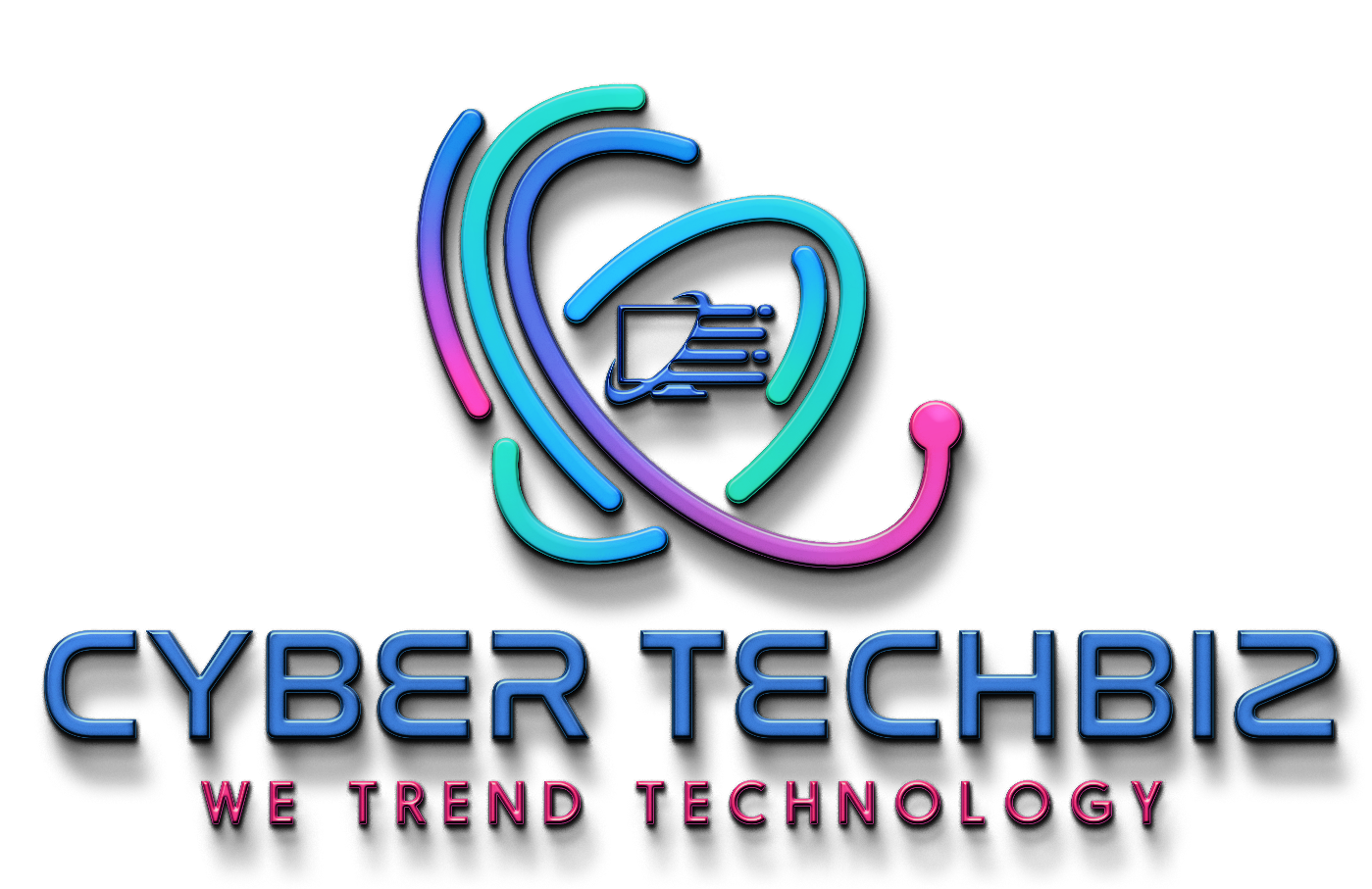L3AF helps to solve traffic management and security concerns
Walmart has been using L3AF for holiday sales traffic management, which is a mission-critical task for the company.
A key part of traffic management in the modern era is also helping to protect against malicious traffic floods, including distributed denial-of-service (DDoS) attacks. Haiby noted that the L3AF platform provides full lifecycle management to defend against DDoS attacks. He explained that L3AF offers deep visibility into network infrastructure components that are usually hidden outside of the Linux kernel. It also enables complex functions to be performed directly in the traffic flow of Walmart’s retail and e-commerce platform.
“Before L3AF, security hardening and DDoS mitigation of large scale e-commerce sites required dedicated hardware devices, or reliance on mechanisms provided by the cloud platform, that were proprietary and different across clouds,” Haiby said. “Being based on the foundations of eBPF it is cloud platform agnostic, meaning the same security and observability solutions can run on any cloud.”
L3AF 2.1.0 gets more ‘graceful’
Among the updates in the L3AF 2.1.0 release is graceful restart functionality.
Haiby commented that one of the lessons learned from running L3AF in production environments is that during the lifecycle of the eBPF programs, there is a need to update and upgrade the control plane. That typically meant shutting down the lf3afd daemon that orchestrates and manages multiple eBPF programs, during the upgrades.
The latest release eliminates this limitation by ensuring seamless transition, where the new version of l3afd takes control of the eBPF programs before shutting down the existing instance of l3afd.

